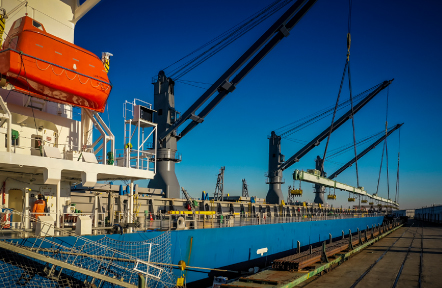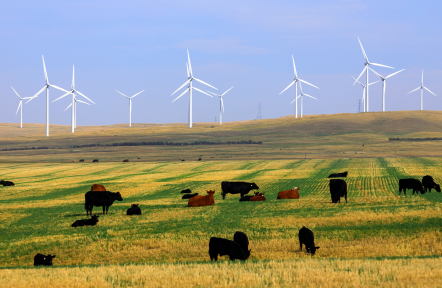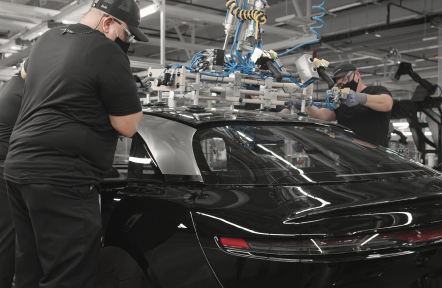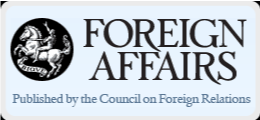Recent economic history looks different from the perspective of Australia. Unlike other developed countries, Australia emerged unscathed from the global financial crisis that struck in 2008, and our economy did not fall into recession.
An open investment climate, flexible markets, a diverse economy, and effective regulatory systems — these characteristics of our economy served us well. As other economies fell back, Australia was able to stimulate the economy without taking on dangerous levels of national debt.
This strength, in the face of economic turmoil unprecedented for more than seventy years, was not something that came to Australia by chance.
It was the legacy of economic reforms undertaken by the Hawke and Keating governments in the 1980s: tearing down our tariff walls, opening our economy to international competition, opening us up to Asia.
By being unafraid of competition, and unafraid to make our own way in Asia, Prime Ministers Hawke and Keating gave our economy strengths that have served us so well in this decade. Their push for open regionalism was exemplified through their proposing and championing of the foundation of APEC, giving us an economy deeply engaged with our region.
Australia’s economic integration with Asia is now broadening and deepening. This century will be the Asian Century and Australia is well positioned for the opportunities and challenges that this will bring.
The remarkable evolution of our relationship with Asia is adding a new dimension to our relationship with the United States. In his recent visit to Australia, President Obama made it clear that the United States, too, has embarked on a strategic shift to the Asia Pacific.
President Obama’s “Canberra Doctrine,” as reflected in the context of his address to the Australian Parliament on November 17, 2011, that the United States will not reduce its strategic posture in the Asia Pacific (despite what reductions might occur elsewhere), will be regarded as a critical turning point in the history of the Asian hemisphere.
"Australia’s economic integration with Asia is now broadening and deepening. This century will be the Asian Century and Australia is well positioned for the opportunities and challenges that this will bring."
The success of Australian and American business owes much to well-established rules and an even playing ground, fostering open competition and ingenuity.
Modern Asia understands the relationship between openness and growth—which is why we have seen the spread of liberalism and democracy through Asia since the end of the Second World War.
Through APEC, and now through the East Asia Summit, we have the right forums, with the right mandate and membership, to continue to build security and prosperity in Asia.
The challenge for this Asia-Pacific century is to preserve the peace in order to build our common prosperity. Australia, as the fourth largest economy in Asia, is a critical partner with the United States in achieving that goal.
And the key challenge for us both is to realize that goal through constructive, cooperative engagement with a China that remains open to both the region and the world.
And therein lies the core task for the exciting century that lies before us.
- This Special Report on Australia originally appeared in the January/February 2012 edition of Foreign Affairs












